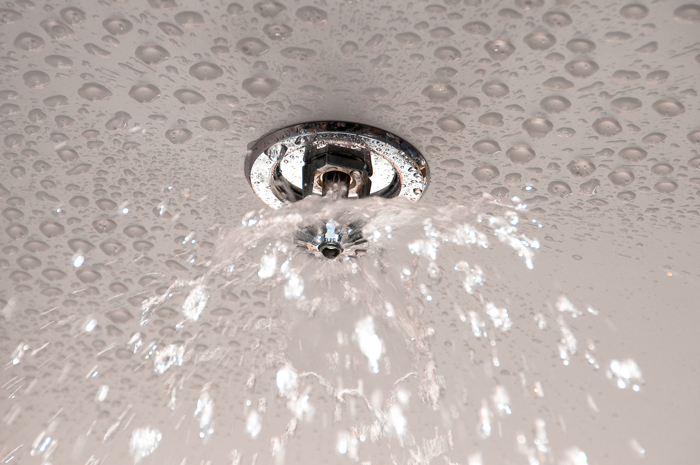How sensitive are fire sprinklers?
The air around a fire sprinkler nozzle must reach a specific temperature before the fire sprinkler will activate. Normally, 57°C is the threshold temperature that activates a home sprinkler. A small glass bulb that can break inside of each sprinkler head holds a chemical liquid. This liquid swells as it heats up, breaking the glass and activating the sprinkler.
An incense stick waved under a sprinkler head will not generate enough heat to activate a fire sprinkler. Only when a candle is held close to a fire sprinkler head for long enough for the sprinkler head to reach the activation temperature will the sprinkler be activated. Manual activation typically requires some deliberate effort.
A bathtub can be filled in 2 minutes with the amount of water that a standard fire sprinkler delivers, which is 60 litres per minute. Pump and tank domestic fire sprinklers are programmed to operate for 10 minutes. A residential fire sprinkler system will typically operate, if it is water main fed, until the isolator's manual stop setting is switched off. Residential sprinkler systems, such as those in care facilities, bigger apartment complexes, and bed and breakfasts, have a 30-minute run time.

Electronically controlled fire sprinklers are powered by electricity and connected to fire detection and control devices. They are more robust and greatly decrease the likelihood of incorrect activations and resultant water escape claims.
Read more - Can fire sprinklers go off accidentally?

